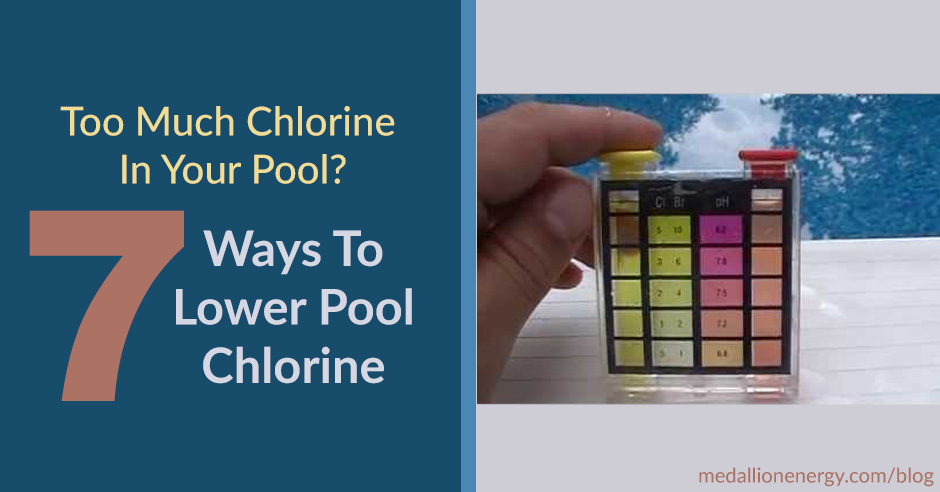Maybe you opened your pool and added a bit too much shock to the water. Or maybe you accidentally added a few more tablets than your pool actually needed.
Whatever the reason, rest easy knowing there plenty of ways to solve this common pool owner problem.
If you have too much chlorine in your water, then the best way to lower it is to use up the excess chlorine. And in this post, we explain exactly how to do that.
So keep reading to learn 7 easy ways to lower pool chlorine and rebalance your water.
Before you start, it’s important to know exactly how high your chlorine level is.
Testing pool water chlorine
Contrary to popular belief, being able to smell chlorine doesn’t necessarily mean that there’s a lot of it.
In fact, when you can smell chlorine in your pool, it means that most of it is used up. And what you’re actually smelling are chloramines (used up chlorine particles).
So for the most accuracy, test your pool water with either test strips or a liquid test kit.
An ideal chlorine level is 3 ppm.
If your pool’s chlorine is at 4 ppm or higher, this guide is for you.
In the next few paragraphs, you’ll learn a bunch of different ways to easily lower pool chlorine. Even when you don’t have a single dollar to spare.
7 Easy Ways To Lower Pool Chlorine
Remove all chlorine sources
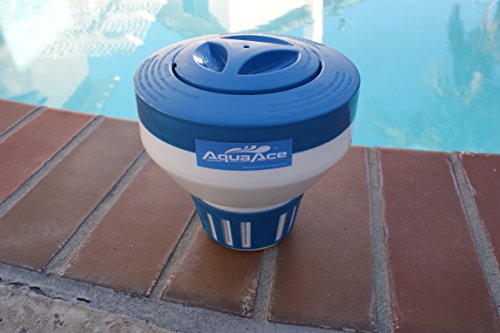


It’s important to make sure that there isn’t more chlorine being fed into your pool while you’re trying to lower your levels.
If you’re using automated pool sanitizers:
- Turn off your chlorinator
- Close off the chlorine feeder valve
- Power down the salt chlorine generator
If you add chlorine to your pool manually, remove the chlorine dispenser/floater and tabs.
With all sources removed, your pool can naturally decrease chlorine levels with ease. But there’s still more that you can do to speed up the process.
Swim in the pool
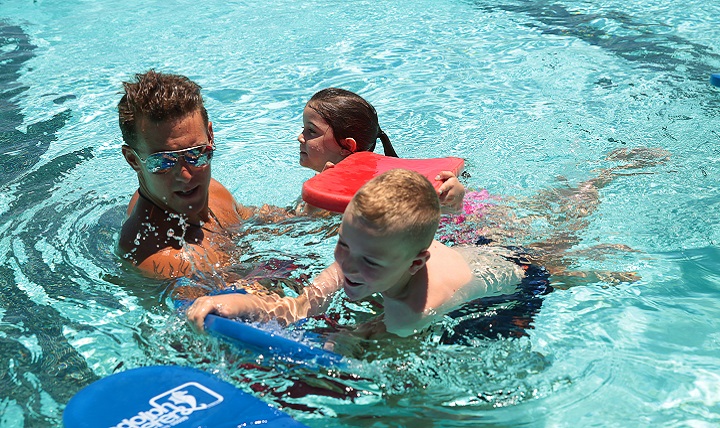


Think about it.
Why do you need chlorine in the first place?
To keep your pool clean and sanitized.
From what?
Contaminants. Contaminants from debris, rain, bugs, and of course, swimmers. There’s nothing that throws off the chemical balance of a swimming pool like a full day’s worth of swimming.
So if you’re trying to lower your chlorine by a 1 – 3 ppm, consider having a few friends over for a pool party.
Now you might be wondering:
What chlorine level too high to swim in?
Don’t swim in water with chlorine levels above 10 ppm. Otherwise, you run the risk of serious skin irritation and lots of discomfort.
Levels of around 5 ppm are still high but are generally safe for swimming.
While you swim, the natural oils released from your body, in addition to the tiny bits of soap, lotions, and dirt on your skin, will help use up the excess chlorine.
And if you happen to do this on a sunny day, it’s even better…
Leave the pool uncovered during sunny weather
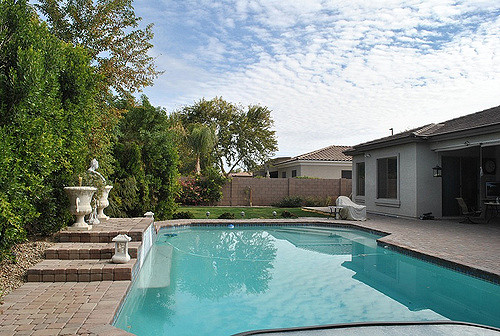


Sunlight is chlorine’s number one enemy. Why? Because it burns chlorine right out of your water. Sometimes, faster than you can replace it:
“Sunlight is so effective in reducing chlorine that a bright sunny day can reduce the chlorination level of a pool by 90 percent in just two hours.” –Sciencing
This is the exact reason why cyanuric acid exists. It’s a chemical commonly added to chlorine that acts as a sunscreen against UV rays. With CYA, chlorine can withstand solar heat without immediately burning up.
With that said, the sun is also the same reason why many pool owners use solar covers. Covers help insulate pools and reduce chemical loss caused by evaporation.
Of course, if you don’t use a cover, then your pool is at risk of both heat, and water loss. Which is exactly what you want when you’re trying to lower swimming pool chlorine naturally.
So leave your pool uncovered on the hottest, sunniest day possible. Then retest your chlorine every 6 hours to keep track o changes.
You might need to refill the pool a little bit after, but only if your water line drops below mid skimmer level.
Drain and refill pool (dilute it)
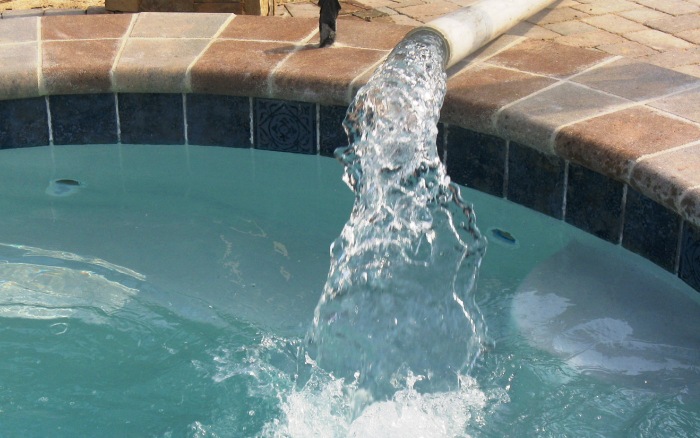


If you’ve ever found yourself in a situation where your pool’s Total Dissolved Solids were too high, then this might sound familiar.
Eventually, there comes a point when your pool water to be replaced. Sure chemicals keep it clean, but water can only be recycled for so long.
If you’re only trying to reduce your water’s chlorine by 1 ppm or so, then this might be one your fastest options.
By draining your pool, and replacing the water you empty, you effectively dilute your water. This is a natural way to reduce chlorine, but it does come with some downsides.
Diluting your water lowers all of the other chemicals in respect. So be sure to do a full chemical test after to adjust chemicals as needed.
Use a chlorine neutralizer
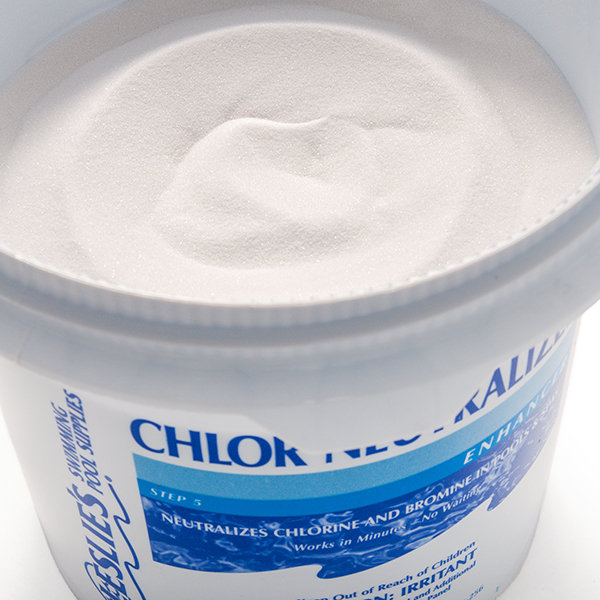


If you’re pressed for time and don’t mind dishing out a few bucks, a chlorine neutralizer can be the perfect quick fix for you. You can pick one up at your local pool supply store.
That said, be sure to research products and read reviews before buying. Some products work better than others.
We recommed Leslie Pools Chlor Neutralizer.
Depending on how high your chlorine is, you may need to use more than one treatment. So be sure to follow all included manufacturer instructions when lowering your pool chlorine with a neutralizer.
Use sodium thiosulfate to lower chlorine
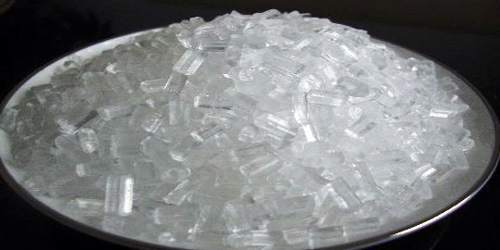


A cheaper alternative to store-bought neutralizer is sodium thiosulfate.
It lowers your chlorine but also reduces pH levels at the same time. So when using it, be sure to test after each dose to adjust chemicals as needed.
We recommend starting with a small, half cup scoop. But if the manufacturer includes instructions, follow them.
Use food grade hydrogen peroxide to lower chlorine
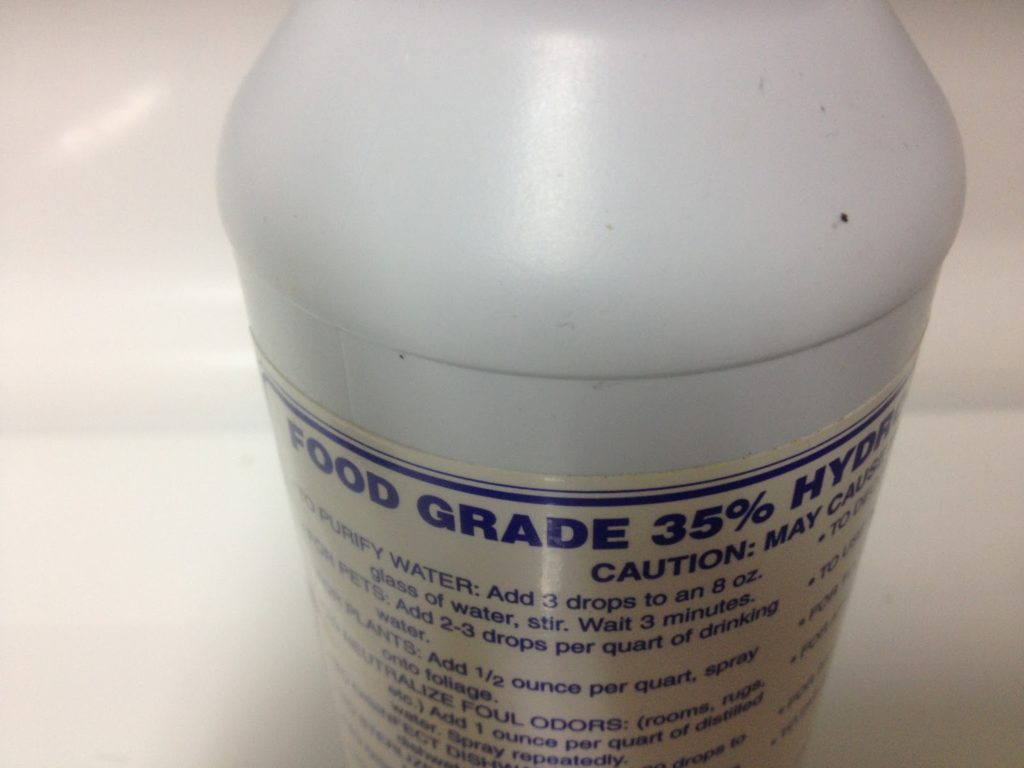


Yes, the stuff sitting in your first aid kit. But a much, much stronger version of it.
First aid hydrogen peroxide is about 3% concentrated. Food grade hydrogen peroxide is about 35% concentrated.
A gallon of it shouldn’t be more than 20 bucks, and you likely won’t need more than half.
Similar to sodium thiosulfate, hydrogen peroxide also has the side effect of lowering pH. So make sure to test your water after each treatment.
To start, add a cup of peroxide to your pool to lower chlorine. Test your water a few hours later and readjust chemicals as needed.
The key to lowering swimming pool chlorine
In short, high pool chlorine levels can be fixed in two major ways:
- Using up the excess chlorine
- Diluting your water
And in this post, we showed you 7 different ways to do that. So pick a method (or two) that fits your budget and timeline, and follow through. You’ll be surprised how easy it is to fix this common mistake when you have the right approach.
If you liked this post, you might also like:
- How To Fix a Green Pool in 5 Simple Steps
- How To Lower Calcium Hardness and Fix Cloudy Water
- How To Balance Your Swimming Pool Water in 7 Easy Steps

